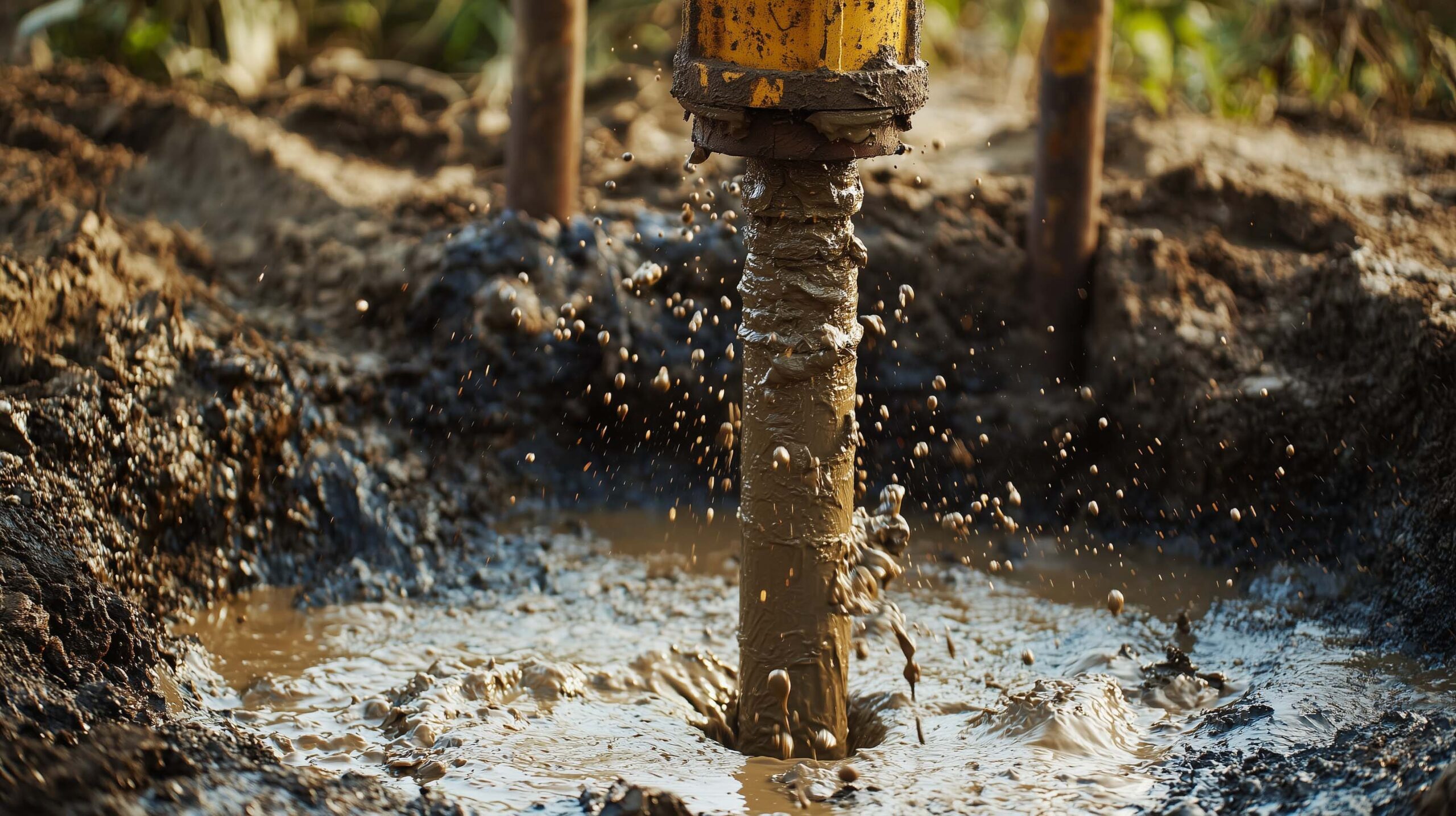When you think about the importance of water, what comes to mind? Maybe refreshing drinks on hot days or the gentle sound of a flowing stream. Water is an essential part of life, and for many, accessing clean water isn’t just a luxury—it’s a necessity. Enter water well drilling, the process that brings this precious resource right to our doorsteps. At Stevens Drilling, we understand how vital it is to have dependable access to water, whether for drinking, irrigation, or everyday tasks. With decades of experience under our belt, we’re here to guide you through everything you need to know about well drilling—from choosing the right location to ensuring your system runs smoothly for years to come. Let’s dive in and explore the comprehensive services and techniques involved in this fundamental process!
Water well drilling is the process of creating a borehole to access underground water sources, essential for providing reliable water supply for residential or commercial use. Stevens Drilling specializes in this service, offering expert drilling, installation, and maintenance support to ensure your well operates efficiently and meets your specific needs.
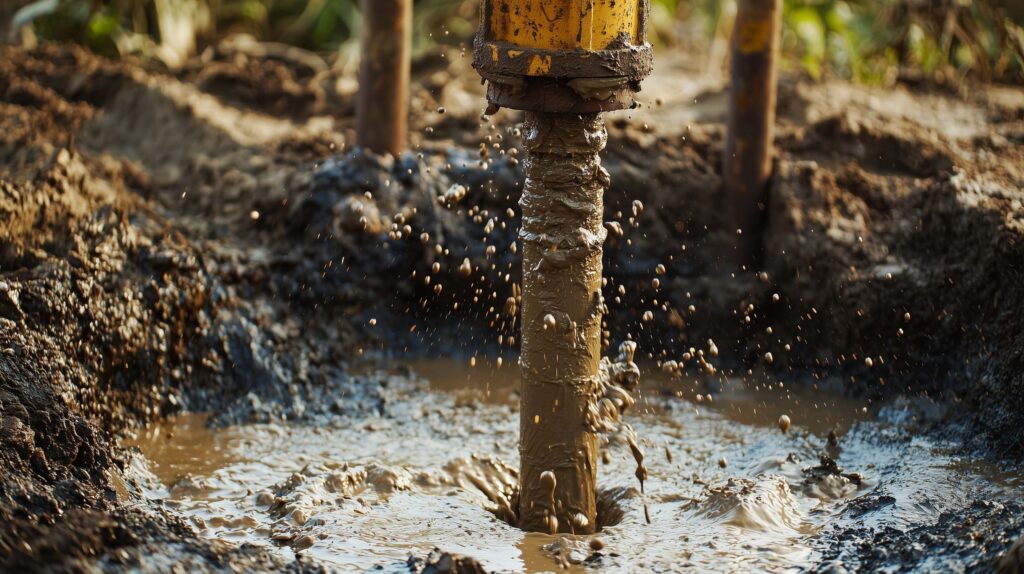
Water Well Drilling Process
The journey to accessing a fresh, clean water supply begins with Step I – Site Survey and Permits. This initial stage sets the groundwork for a successful drilling operation. Conducting a thorough site survey involves geophysical testing, which helps in assessing subsurface conditions. This includes evaluating factors like soil type, rock formations, and groundwater levels to predict challenges that may arise during drilling. Additionally, acquiring the necessary permits from local authorities is imperative; these permits ensure our operations are environmentally sound and compliant with regulations.
Once all permits are secured, we move on to mobilizing equipment.
In Step II – Mobilizing Equipment, specialized drilling rigs and support equipment are transported to the site. This involves not just heavy machinery but ensuring that everything is ready for safe operations. Setting up safety barriers is essential in preventing accidents, especially since we often work in populated areas. Furthermore, all machinery undergoes a meticulous inspection to ensure it’s in optimal working condition.
Now that the equipment is ready, let’s turn our attention to the actual drilling process.
In Step III – Drilling the Well, we commence drilling using either rotary or percussion methods. Selecting the right technique depends heavily on the ground’s composition. For example, if we’re encountering solid rock, a percussion method may prove more effective than rotary drilling. Drilling continues until we reach water—sometimes tapping into depths of several hundred feet. The combination of advanced technology and geological understanding plays a crucial role in successfully accessing aquifers.
After reaching water, we need to set up the well properly for effective use.
Moving into Step IV – Installing Casing and Screen, we install casing around the newly drilled well hole. This casing serves multiple purposes: it supports the walls of the borehole and protects against contamination while allowing for an unobstructed flow of water. Screens are then placed strategically within the casing to filter out sediments while ensuring water flows freely into the well—this strategy helps maintain cleanliness and sustainability over time.
With the physical structure in place, it’s crucial to develop the well for optimal performance.
In Step V – Well Development and Pump Installation, proper development ensures that any fine particles left behind during drilling are removed, resulting in cleaner potable water. After this thorough cleaning, a pump is installed to extract water efficiently from the well once operational. It’s a moment filled with anticipation as everything comes together into a fully functioning system!
By following these steps meticulously throughout the water well drilling process, companies like Stevens Drilling guarantee dependable access to vital resources for households and businesses alike. Building on years of expertise and dedication to quality service—evident in our family-owned legacy since 1968—we remain committed to delivering reliable sources of sustenance in every new well installed.
As we transition from understanding how wells are drilled, it’s important to consider strategic choices regarding placements and the nuances of geological layers beneath the surface.
Selecting a Location and Understanding Ground Layers
Choosing the right spot for your water well can’t be overstated in its importance. It’s akin to picking the right foundation for your house; without it, everything else could crumble. The ground layers beneath your feet have a profound effect on not just how much water you can access but also the overall efficiency and longevity of the well.
Understanding the geological composition of a potential drilling site is essential. Rocks, soil types, and groundwater depth all dictate how easily water can flow through them. Hydrologists and geologists conduct comprehensive soil sampling and rock analysis to ensure that you’re choosing wisely. They look for signs of permeable layers—those much-desired zones often made of sand or gravel that allow for easy water movement while naturally filtering impurities, making the water cleaner and more usable.
A ground layer favoring sand and gravel is beneficial because it supports the free flow of water while providing a natural filtration system that enhances quality.
If you select a site with challenging geology—say, hard rock or clay—you might face significant difficulties during drilling. This could lead not only to frustration but also result in a well that yields little or no water. Such problems can drive up costs due to equipment wear-and-tear and excessive effort, ultimately leading to disappointing outcomes like dry wells. Every ounce of energy spent digging into unyielding terrain adds up, contributing to costly inefficiencies that may even damage your well pump system.
Investing time upfront in assessing the ground layers pays off in saving money and ensuring equipment integrity while securing a reliable source of fresh water.
In regions known for their varied geological frameworks, local knowledge becomes invaluable. Familiarize yourself with historical data about nearby wells; this can provide insights into what conditions were present during their construction and offer clues about possible underground resources.
Additionally, consider environmental regulations: make sure that your chosen location adheres to any restrictions set forth by state bodies or local municipalities. This safeguards compliance and ensures long-term peace of mind as you drill down towards vital groundwater access.
Proper planning during site selection fosters success, helping you tap into sustainable water resources while minimizing unnecessary expenses associated with miscalculations or unforeseen geological complications.
As we transition to exploring the tools necessary for effective drilling, understanding these foundational aspects will enhance your preparedness for the undertaking ahead.
Necessary Equipment and Tools
A successful water well drilling operation depends heavily on being well-equipped with the right tools. Imagine embarking on a journey without all the necessary supplies; similarly, drilling without essential equipment could lead to inefficiencies or even failures. The tools you choose are vital not only for the initial drilling but also for ensuring the longevity and functionality of the well itself.
Core Tools Needed
Starting with drilling rigs, they come in various forms such as rotary or cable tool rigs tailored to match specific ground conditions. For instance, a rotary rig might be employed when you’re dealing with harder soils, while cable tool rigs could do better in softer ground. Choosing the correct type impacts both the time spent and the cost involved—as any seasoned driller will tell you, the right rig can make or break your project.
Next, we have casing and screens. These are not just optional accessories; they serve critical roles in maintaining the structure of the borehole while filtering out unwanted debris from entering your well. If properly installed, they will help prevent collapse and ensure that clean water flows freely into your home or business.
Then there’s the essential toolbox filled with drill bits available in various sizes. The selection of drill bits can depend on soil hardness; softer materials may need one type, while harder rocks require others. Not having the appropriate drill bits could mean unnecessary wear on your rig or even leaving you stuck mid-drill.
After cutting through the earth, you’ll need to deal with what comes next—enter high-pressure hoses and fittings, which are indispensable for transporting drilling fluid efficiently. Think of these as essential arteries allowing vital resources to flow smoothly during operation.
Alongside this, water pumps are crucial for removing drilled cuts from the borehole and testing water flow. Without these pumps working efficiently, debris could accumulate and block progress, potentially ruining an entire day’s work.
Lastly, we can’t overlook the mud pump. This is responsible for circulating drilling fluid to stabilize the borehole, which is critical for ensuring consistent pressure throughout the drilling process. A mud pump acts like a lifeline during drilling operations; without it, you’re at risk of collapsing walls or uneven surfaces that compromise safety.
Understanding each component’s unique function doesn’t just optimize your effort—it helps in making informed decisions about your project’s specific needs. Equipped with quality tools and knowledge about their use sets you up for success in creating a reliable water source.
Cost Factors in Drilling
The expense of drilling a water well isn’t just a flat rate; it varies considerably based on multiple elements that need to be taken into consideration. Each factor adds layers of complexity, having the potential to weigh significantly on your overall budget. Being aware of these variables can empower you to make informed decisions throughout the process.
Key Cost Influencers
One major factor is the depth of the well. As a basic rule, deeper wells typically incur higher costs due to the increased labor and equipment needed. For instance, if you’re considering a 300-foot well, expect costs to rise swiftly if you’re tapping into deeper aquifers. Additionally, your ground composition plays an important role. Areas with hard rock or dense clay demand specialized equipment that can significantly drive up expenses compared to drilling through softer soil layers.
When planning your project, remember that any unexpected geological challenges might lead to extra charges, adding unpredictability to your final bill.
Another important element is the type of casing material used. While PVC casing is a more economical option at first glance, steel casings tend to promise greater durability and longevity. Be sure to weigh these options against your long-term goals for your water system.
Additional Considerations
Furthermore, the kind of pump you choose can shockingly sway your budget as well. Submersible pumps are generally more expensive than their surface counterparts, but they also offer more efficient water delivery, which may save money in the long run.
| Factor | Impact On Cost |
|---|---|
| Depth of Well | Deeper wells = Higher costs |
| Ground Composition | Harder rock increases costs |
| Casing Material | PVC is cheaper than steel |
| Pump Type | Submersible pumps cost more |
| Permits and Inspections | Adds to total expenses |
Don’t forget about permits and inspections, either. These administrative steps can add another layer of expense to your wells’ overall cost, albeit necessary for legal compliance and safety assurance.
For example, when calculating the total cost for drilling a well that’s around 300 feet deep in rocky conditions, you might anticipate spending anywhere between $10,000 and $15,000. This wide range underscores how crucial it is to gather detailed quotes from reliable contractors like Stevens Drilling, who can guide you through every variable affecting your investment.
Understanding these cost influencers allows you to better prepare financially for the project while ensuring you consider all aspects involved in sustainable drilling practices.
Environmental Impact and Groundwater Protection
Why is groundwater protection crucial during well drilling?
Groundwater serves as a vital source of drinking water for many communities, particularly in rural areas where surface water sources may be scarce. If not managed properly, improperly drilled wells can lead to contamination of these underground aquifers, affecting human health and disrupting local ecosystems. That’s where protective measures come into play; they are essential to maintain water quality for current and future generations.
Protecting Groundwater
The concept of protecting groundwater goes beyond simply following regulations. It involves a commitment to sustainability and the well-being of both people and wildlife. A major strategy is to seal the annulus, which is the space between the well casing and the borehole. Using grout—the correct type—is crucial here because it creates a watertight barrier that prevents contaminants from entering the groundwater supply.
Think of it like a sturdy fortress wall; if there are gaps, intruders may find their way in, potentially compromising water purity.
Regular testing of water quality becomes indispensable after drilling is completed. It’s vital to establish a baseline for what healthy water should look like. By testing periodically, homeowners or state regulators can identify contaminants early on before they become a larger issue, saving time and resources while ensuring safety. It’s like getting regular check-ups; your health depends on it!
Why is this critical? Because groundwater protects aquatic life upstream from streams and rivers that depend on clean water sources for survival. Local fish populations, for example, rely on pure groundwater seepage for their habitats, which means that protecting aquifers indirectly supports biodiversity.
Responsible Disposal
Another important aspect often overlooked is the responsible disposal of drilling fluids. These fluids can contain various chemicals and particulates that, if improperly disposed of, may run off into nearby rivers or lakes, causing surface water contamination. Establishing a site-specific plan for how to handle and dispose of these fluids ensures that harmful substances do not escape into the environment.
As someone who’s seen firsthand the effects of contamination, I can tell you that proper disposal practices lead to peace of mind—both for those living in proximity to the drilled wells and for our beloved natural parks and wildlife.
Adopting every preventive measure available when embarking on such a crucial project not only guarantees cleaner water but also reinforces a sense of responsibility toward nature. Every step taken toward effective groundwater protection underscores our role as stewards of this Earth.
The waters we drink today must remain safe for those who will rely on them tomorrow—a legacy worth preserving. As we shift gears, it’s essential to explore ways to find trustworthy professionals equipped to handle these vital tasks effectively.
Choosing a Reputable Service Provider
Selecting the right water well drilling company not only guarantees a successful project but also establishes a trustworthy partnership for ongoing service. Experience plays a pivotal role; companies with years of operation typically have a deep well of knowledge about regional conditions and challenges.
As an example, at Stevens Drilling, we’ve been serving communities in South Texas since 1968, constantly adapting and honing our techniques alongside advancements in technology.
While experience is crucial, certifications are equally important. Licensed professionals ensure that the work complies with local regulations and standards, protecting you against shoddy practices or unsafe installations. Being affiliated with professional organizations can also indicate commitment to maintaining current industry knowledge and best practices. This professionalism inspires confidence and assures you that the job will be executed safely and efficiently.
Next, consider customer reviews, which offer insight into how past clients feel about their experiences. Testimonials can act as powerful validators of a company’s reputation. For instance, one satisfied customer said, “Stevens Drilling was professional and thorough, making the entire process stress-free.” Such reviews guide your decision toward providers renowned for their dedication to quality service.
Nonetheless, it’s not just about what others say; tangible aspects like warranties are vital considerations too.
A solid warranty demonstrates that a company stands behind its work:
- It means they are committed to correcting any issues after installation.
- Comprehensive support safeguards your investment.
- Look for providers who offer clear post-drilling service options.
Finally, transparency in communication cannot be overlooked. A reputable provider should clearly outline all potential costs upfront and explain the processes involved. Hidden fees or obscure terms can lead to frustration down the line. Establishing an open dialogue ensures that you know exactly what to expect throughout the entire process.
Keeping these criteria in mind helps you make informed decisions when selecting a water well drilling company that aligns with your needs and expectations. The next steps involve understanding how to effectively maintain and care for your water well system to ensure long-term performance and reliability.
Maintenance and Upkeep of Water Wells
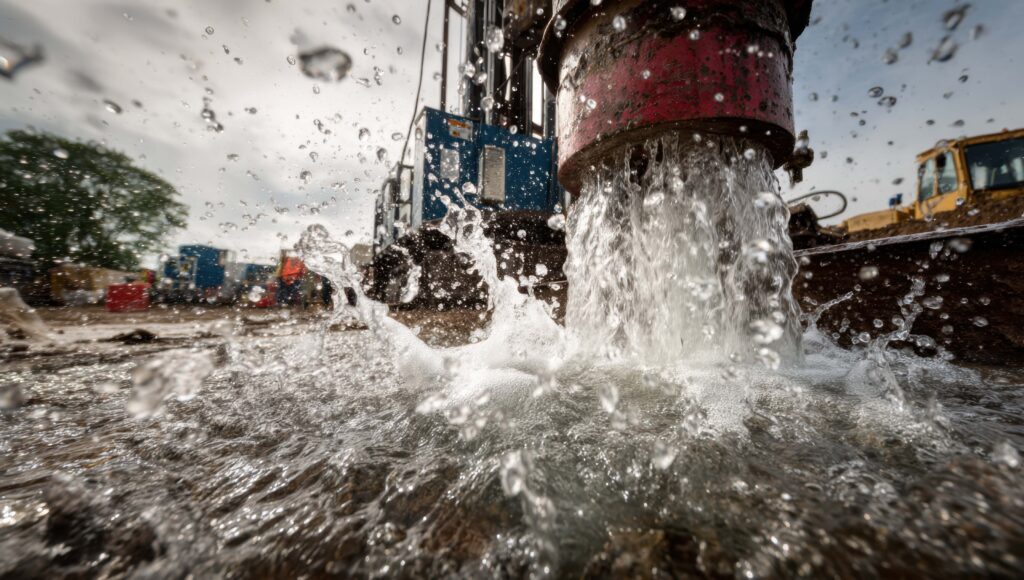
Well maintenance is crucial to ensure consistent water quality and prolong the system’s lifespan. When homeowners neglect their wells, they may face unexpected health hazards and costly repairs. At Stevens Drilling, we’ve witnessed how proactive maintenance can save families from distress and build trust in their water supply.
Regular Maintenance Tasks
To keep your well functioning optimally, several steps need to be followed diligently.
Step I – Annual Inspections
Have a professional inspect the well each year for mechanical problems, cleanliness, and water quality. Scheduling an inspection ensures that any potential issues are caught early. Experts evaluate pump equipment, check for leaks, and assess whether there’s buildup that could obstruct water flow. It’s about addressing existing problems while offering peace of mind that your entire well system is running smoothly.
Step II – Water Testing
Test the water for contaminants like bacteria, nitrates, and other pollutants annually. Unexpected changes in water quality often signal the need for maintenance. Homeowners should be vigilant about testing since factors such as agricultural runoff or changes in local land use can introduce contaminants into the aquifer supplying your well. We recommend using certified laboratories for testing; they provide detailed reports on what’s in your water to help you make informed decisions.
Routine checks can prevent larger issues, but it’s also wise to know how seasonal changes affect your well.
Step III – Seasonal Checks
Check the well system more frequently during seasonal changes, especially before and after heavy rains to prevent flooding and contamination. Heavy rainfall can raise concerns about surface water infiltration into groundwater supplies, potentially introducing harmful substances into your drinking water. Inspecting the surface casing for wear or signs of damage caused by environmental effects from heavy storms is advisable.
At Stevens Drilling, we offer comprehensive maintenance packages tailored to keep your well in optimal condition throughout the year. From annual inspections to seasonal checks, our expert technicians ensure your system remains efficient and reliable. By investing in these services, you maintain not only a functional well but also a safe source of drinking water for your family, providing peace of mind that can lighten some of life’s burdens.
In maintaining your water well with these essential practices, you protect your investment and the health of those who depend on it. Regular upkeep translates directly into safety and reliability for your household’s water supply.


